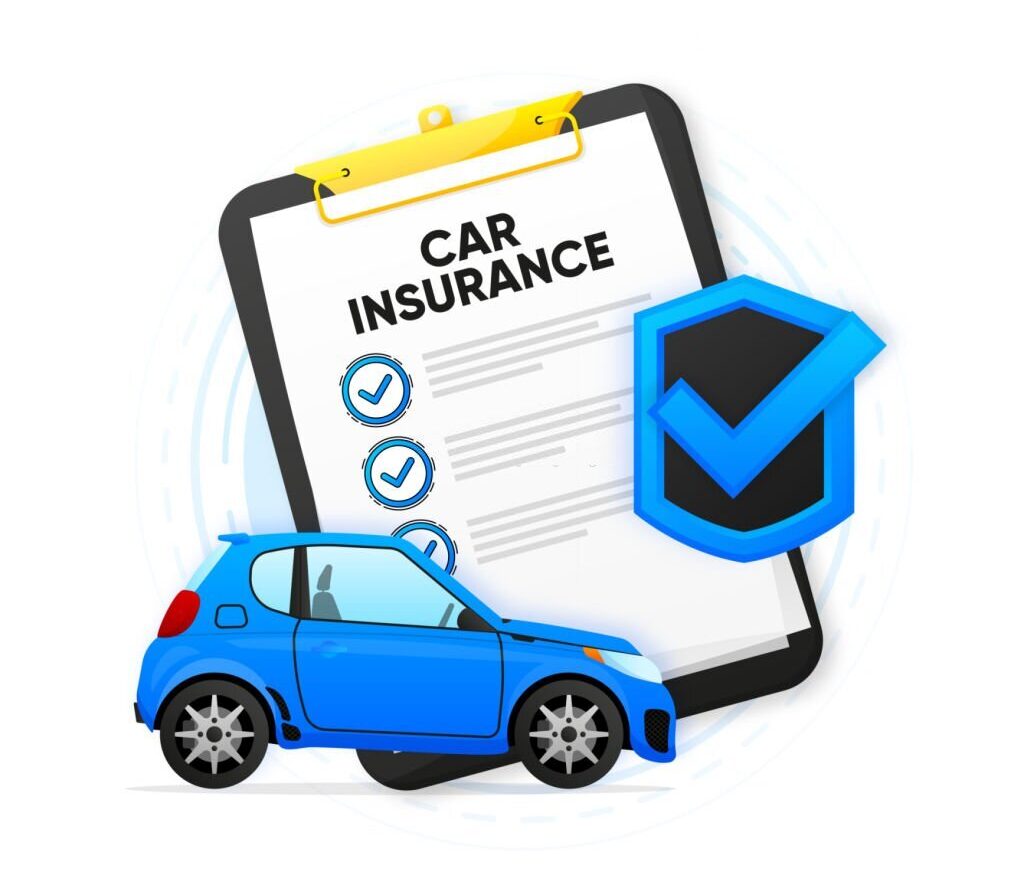Car insurance is a vital requirement for all drivers, providing financial protection and legal compliance in case of accidents or damages. However, navigating the process of obtaining car insurance can sometimes be overwhelming. This exhaustive article aims to guide you through the steps involved in getting car insurance, from understanding your coverage needs to selecting the right insurance company and policy. By following this comprehensive guide, you can ensure you have the appropriate car insurance coverage that meets your needs and budget.
Step 1: Assess Your Coverage Needs
Before diving into the process of getting car insurance, it’s crucial to evaluate your coverage needs. Consider factors such as your driving habits, the value of your vehicle, your budget, and any specific requirements in your state. Ask yourself questions like:
– What types of coverage do I need? (liability, collision, comprehensive, etc.)
– What are the minimum coverage requirements in my state?
– Do I have any specific concerns or risks that may require additional coverage?
By understanding your coverage needs, you can make informed decisions and ensure you obtain the appropriate level of protection.
Step 2: Gather Relevant Information
To streamline the car insurance process, gather the necessary information beforehand. This may include:
– Personal information: Your name, address, contact details, and driver’s license number.
– Vehicle details: Make, model, year, mileage, and vehicle identification number (VIN).
– Driving history: Information about accidents, violations, and claims within the past few years.
– Prior insurance details: If you have previously had car insurance, gather details of your previous policy.
Having this information readily available will help insurance providers provide accurate quotes and expedite the application process.
Step 3: Shop Around and Compare Quotes
To get the best car insurance coverage at an affordable price, it’s essential to shop around and compare quotes from multiple insurance providers. Consider the following steps:
- Research Insurance Companies: Look for reputable insurance companies with good customer reviews and financial stability. This can be done through online research or by seeking recommendations from friends, family, or trusted sources.
- Request Quotes: Contact several insurance providers and request quotes based on your coverage needs and vehicle information. Be prepared to provide the information gathered in Step 2.
- Compare Coverage and Pricing: Review the quotes received, comparing coverage options, deductibles, limits, and premiums. Keep in mind that the cheapest option may not always provide the necessary coverage, so consider the overall value rather than solely focusing on price.
- Consider Discounts: Inquire about available discounts, such as safe driver discounts, multi-policy discounts (if you have other insurance policies with the same company), or discounts for safety features installed in your vehicle. Take advantage of any opportunities to reduce your premium while maintaining adequate coverage.
- Evaluate Customer Service: Consider the quality of customer service provided by each insurance company. Look for ease of communication, responsiveness, and the availability of online account management tools.
- Research Financial Stability: Assess the financial stability of insurance companies by reviewing their ratings from independent rating agencies such as A.M. Best, Standard & Poor’s, or Moody’s. A financially stable company is more likely to fulfill its obligations in case of a claim.
By thoroughly comparing quotes and researching insurance providers, you can make an informed decision based on both coverage and affordability.
Step 4: Understand Policy Terms and Conditions
Once you have selected an insurance provider and policy, carefully review the terms and conditions before making a final decision. Pay attention to:
– Coverage details: Understand the types of coverage included, limits, and any exclusions. Evaluate whether the policy aligns with your coverage needs and risk tolerance.
– Deductibles: Determine the amount you would be responsible for paying out of pocket in the event of a claim. Consider how deductible amounts affect your premium and affordability.
– Policy period: Clarify the length of the policy term and when it will need to be renewed. Understand the process for renewal, cancellation, and any penalties associated with early termination.
– Payment options: Understand the payment schedule and available methods of payment. Determine whether there are any discounts for paying the premium in full or for setting up automatic payments.
It is crucial to have a clear understanding of your policy to avoid surprises or misunderstandings in the future.
Step 5: Complete the Application Process
To initiate your car insurance policy, follow these steps:
- Provide Necessary Documentation: Fill out the application form provided by the insurance company, providing accurate and truthful information. Attach any required documentation, such as identification, proof of address, or vehicle registration.
- Review the Application: Before submitting the application, carefully review all the information you have provided to ensure accuracy. Any errors or omissions could result in delays or potential issues with your coverage.
- Pay the Premium: Once your application is accepted, you will be required to pay the premium amount. The insurance company will provide payment options, such as a lump sum payment or monthly installments. Select the payment method that works best for your budget and preferences.
- Receive Proof of Insurance: Upon payment, you will receive proof of insurance, typically in the form of an insurance card or electronic document. Keep this proof of insurance in your vehicle at all times as it may be required in case of an accident or during routine traffic stops.
Step 6: Maintain Regular Communication with Your Insurance Company
After obtaining car insurance, it is important to maintain regular communication with your insurance company. Stay updated on policy renewals, any changes in coverage, or any potential discounts or savings opportunities. In case of any changes to your vehicle, address, or driving habits, inform your insurance company promptly to ensure your policy remains up to date and accurate.
Conclusion
Getting car insurance is a crucial step in protecting yourself, your vehicle, and others on the road. By following this exhaustive guide, you can navigate the process of obtaining car insurance with confidence and ensure you have the appropriate coverage that meets your needs and budget. Remember to assess your coverage needs, shop around and compare quotes, understand policy terms and conditions, and maintain regular communication with your insurance company. With the right car insurance policy in place, you can drive with peace of mind knowing you are financially protected.




